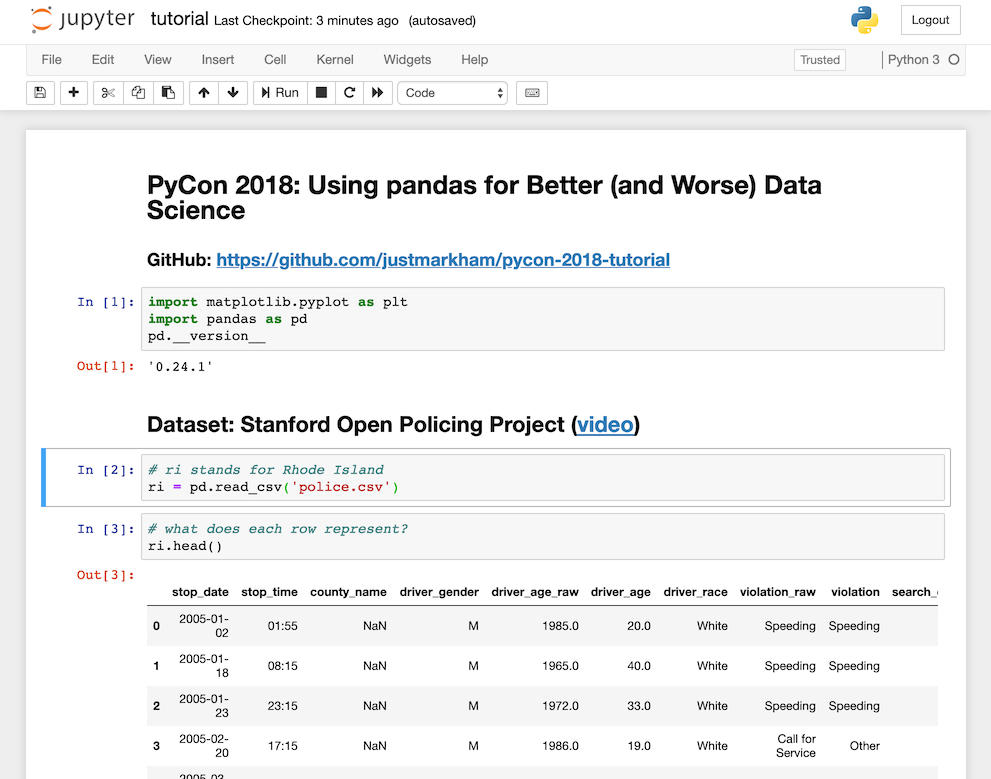
- Ipynb viewer windows system how to#
- Ipynb viewer windows system software#
- Ipynb viewer windows system windows#
An example would be a disk-related problem.
Miscellaneous failures: These consist of failures or errors usually associated with peripherals. Ipynb viewer windows system software#
Application failures: These include problems related to software programs, including the ‘MS Outlook stopped working’ error message. Ipynb viewer windows system windows#
Windows failures: These include operating system errors like hardware issues. Generally, the Reliability Monitor tracks five primary categories of information, including: It focuses on events that affect the reliability of your OS. What the Reliability Monitor does is access the Windows Event Manager to acquire data about your system. As such, you do not need to start MMC just to begin configuring and adding snap-ins to make the Reliability Monitor function. 
It is essential to mention that this feature comes with all modern versions of the Windows operating system. The Reliability Monitor is a component of the Reliability & Performance Monitor snap-in for the Microsoft Management Console (MMC).
Ipynb viewer windows system how to#
To be able to learn how to troubleshoot Windows 10 with the Reliability Monitor, you need to understand the reports it generates. How to Work with Windows 10’s Reliability Monitor
Click the ‘View reliability history’ link. Once the Security and Maintenance window shows up, expand the contents of the Maintenance section. On the next window, select Security and Maintenance. Once the Control Panel is up, click System and Security.  On your keyboard, press Windows Key+X. It is also worth noting that you can access the Control Panel to start the Reliability Monitor. Inside the Run dialog box, type “perfmon /rel” (no quotes). Launch the Run dialog box by pressing Windows Key+R on your keyboard. If you wish, you can launch the Reliability Monitor via the Run dialog box. From the results, select View Reliability History. Inside the Search box, type “reliability” (no quotes). Go to your taskbar, then click the Search icon. If you want to learn how to check the reliability history on Windows 10, follow the instructions below: However, the former has a simpler interface, allowing you to find particular errors with ease. In a way, you can compare the Reliability Monitor to the Event Viewer. Consequently, you can get more details about the errors you encountered in the past.
On your keyboard, press Windows Key+X. It is also worth noting that you can access the Control Panel to start the Reliability Monitor. Inside the Run dialog box, type “perfmon /rel” (no quotes). Launch the Run dialog box by pressing Windows Key+R on your keyboard. If you wish, you can launch the Reliability Monitor via the Run dialog box. From the results, select View Reliability History. Inside the Search box, type “reliability” (no quotes). Go to your taskbar, then click the Search icon. If you want to learn how to check the reliability history on Windows 10, follow the instructions below: However, the former has a simpler interface, allowing you to find particular errors with ease. In a way, you can compare the Reliability Monitor to the Event Viewer. Consequently, you can get more details about the errors you encountered in the past. 
Thanks to this feature, your operating system can keep track of system failures and errors.

The Reliability Monitor allows users to view the reliability history, making it useful for troubleshooting common Windows 10 issues. Since this application has a user-friendly interface, it can help you understand what happens behind a specific error. How to Check the Reliability History on Windows 10Įver since Microsoft launched Windows Vista back in 2007, the tech company has included the Reliability Monitor as one of the operating system’s built-in features. We are going to share all the essential details you need to know about this feature. If you are not familiar with this built-in component, you can read through this post. Thankfully, you can always learn how to troubleshoot Windows 10 with the Reliability Monitor. If your problem becomes more complex, it can be challenging to resolve it. Eventually, you will experience issues on your Windows 10 computer.








 0 kommentar(er)
0 kommentar(er)
